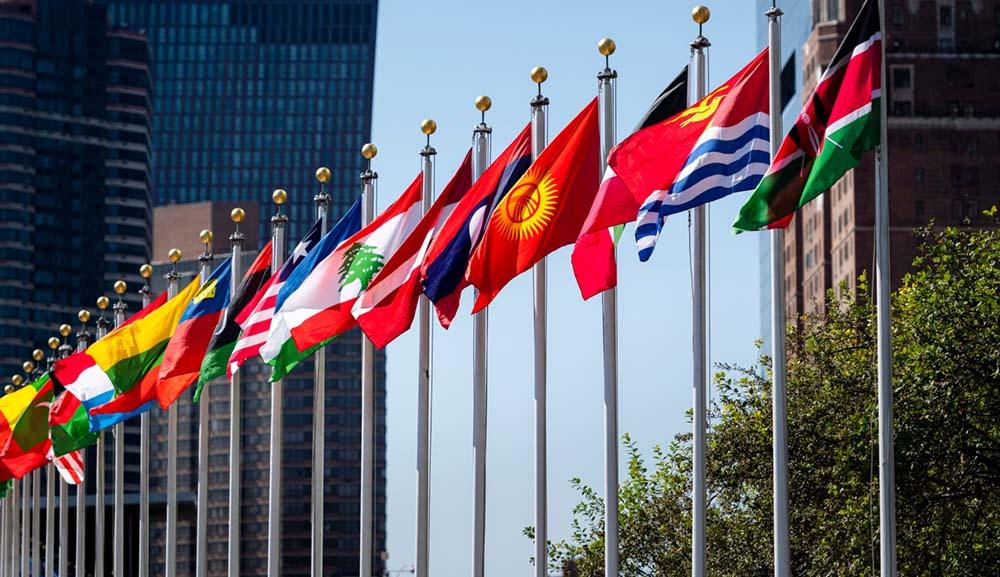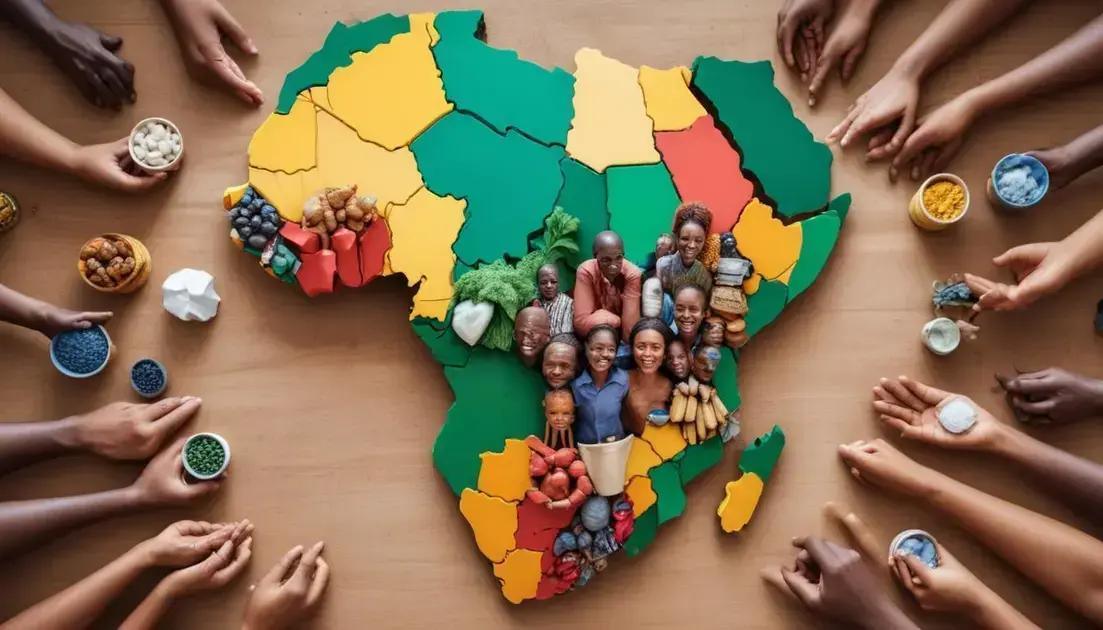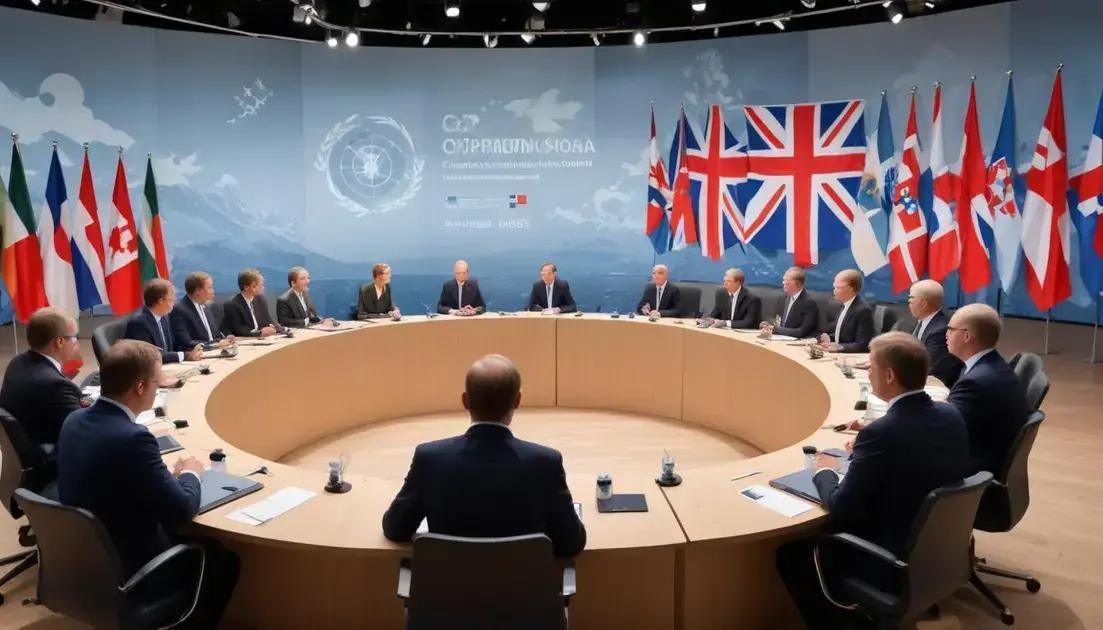
Building a Global Order: The Rise of Modern International Organizations
Building a Global Order: The Rise of Modern International Organizations
In an increasingly interconnected world, modern international organizations have become the backbone of global governance, shaping diplomatic relations, economic policies, and humanitarian efforts across continents. The history of these institutions reveals a fascinating evolution from simple diplomatic arrangements to complex multilateral bodies that influence nearly every aspect of international life. As a timeless reporter examining this transformation, we can observe how these organizations emerged from the ashes of conflict and chaos to establish frameworks for peace, cooperation, and shared prosperity.
The story of modern international organizations is deeply intertwined with humanity’s quest for order amid chaos. From the ancient Delian League to today’s United Nations system, the concept of nations working together through formal structures has evolved dramatically. However, the truly modern era of international organizations began in the 19th century and accelerated rapidly following the devastation of two world wars. These institutions have become essential actors in addressing global challenges that no single nation can tackle alone, from climate change and pandemic response to international trade and security threats.
Understanding the history of these organizations provides crucial insights into their current roles and future potential. The development of modern international organizations reflects broader trends in international relations, including the shift from balance-of-power politics to multilateral cooperation, the rise of global civil society, and the increasing recognition that many contemporary challenges transcend national boundaries. This evolution continues today as these institutions adapt to new geopolitical realities and emerging global challenges.
The Historical Genesis of Modern International Organizations
The roots of modern international organizations can be traced back to the Concert of Europe established after the Napoleonic Wars in 1815. However, the true emergence of systematic international cooperation began in the mid-19th century with the creation of specialized agencies addressing specific transnational issues. The International Telegraph Union, founded in 1865, and the Universal Postal Union, established in 1874, were among the first permanent international organizations designed to manage the growing need for coordinated global communication and commerce.
These early organizations established crucial precedents for modern international cooperation. They demonstrated that nations could surrender limited aspects of sovereignty to achieve mutual benefits, creating standardized rules and procedures that facilitated international interaction. The success of these functional organizations proved that international cooperation could work in practice, not just in theory. Their technical, non-political nature made them less threatening to national sovereignty while providing tangible benefits to member states.
The Industrial Revolution’s impact on international relations cannot be overstated in understanding this history. As transportation and communication technologies advanced, the world became more interconnected, creating new opportunities for cooperation and new challenges that required collective responses. Steam ships, telegraphs, and later telephones created a web of international connections that demanded coordination. These technological advances made international organizations not just possible but necessary for managing the complexities of an increasingly integrated world.
The period from 1870 to 1914 saw a proliferation of international organizations addressing various aspects of global cooperation. The International Sanitary Conventions dealt with public health issues, while organizations like the International Association of Railway Congresses addressed transportation coordination. These organizations developed many of the institutional features we associate with modern international bodies: permanent secretariats, regular conferences, standardized procedures, and formal legal frameworks governing their operations.
The League of Nations: Pioneering Global Governance
The League of Nations, established in 1920, represented the first comprehensive attempt to create a truly global political organization. Born from the devastation of World War I, the League embodied President Woodrow Wilson’s vision of a world where international disputes would be resolved through discussion and arbitration rather than warfare. This ambitious experiment in global governance introduced many concepts that would later be refined and improved upon by subsequent modern international organizations.
The League’s structure included an Assembly where all member nations had equal representation, a Council dominated by major powers, and a permanent Secretariat based in Geneva. This institutional design established important precedents for international organization governance, including the principle of sovereign equality among nations and the need for both universal representation and executive efficiency. The League also created the Permanent Court of International Justice, the predecessor to today’s International Court of Justice, demonstrating early recognition that international law required judicial institutions for enforcement.
Despite its ultimate failure to prevent World War II, the League achieved significant successes that informed the development of later international organizations. It successfully resolved several international disputes, including territorial conflicts between Finland and Sweden over the Åland Islands and between Germany and Poland over Upper Silesia. The League’s technical organizations, such as the Health Organization and the International Labour Organisation, continued to function effectively even as the political organs struggled with major power conflicts.
The League’s history provides crucial lessons about the challenges facing international organizations. Its inability to respond effectively to Japanese aggression in Manchuria, Italian invasion of Ethiopia, and German remilitarization demonstrated the limitations of international organizations when major powers are unwilling to accept collective constraints. The requirement for unanimous decision-making in the Council proved paralyzing when decisive action was needed. These failures would inform the design of the United Nations system, which incorporated more flexible decision-making procedures and enforcement mechanisms.
Post-War Renaissance: The United Nations System
The establishment of the United Nations in 1945 marked a new chapter in the evolution of modern international organizations. Learning from the League’s failures, the UN’s founders created a more robust institutional framework with greater capacity for effective action. The UN Charter established six principal organs: the General Assembly, Security Council, Economic and Social Council, Trusteeship Council, International Court of Justice, and Secretariat. This comprehensive structure was designed to address the full spectrum of international issues, from peace and security to economic development and human rights.
The UN system’s most significant innovation was the Security Council’s enforcement powers and the recognition of great power realities through the permanent membership and veto rights of the five victorious Allied powers. This pragmatic approach to power distribution, while criticized for perpetuating inequality, provided the organization with greater capacity for decisive action when major powers agreed. The UN’s collective security provisions, including the authority to authorize military action under Chapter VII of the Charter, represented a significant advancement over the League’s more limited enforcement mechanisms.
Beyond the UN proper, the post-war period saw the creation of a vast network of specialized agencies that became integral parts of the international system. Organizations such as the World Health Organization, Food and Agriculture Organization, International Monetary Fund, and World Bank addressed specific aspects of global governance while maintaining formal connections to the UN system. This functional approach allowed for specialized expertise while maintaining overall coordination through the UN Economic and Social Council.
The timeless reporter perspective reveals how the UN system’s evolution reflects broader changes in international relations and global challenges. The decolonization process dramatically expanded UN membership from 51 founding members to 193 today, transforming the organization’s dynamics and priorities. The Cold War created new challenges for collective security but also drove innovation in peacekeeping operations, economic development programs, and human rights advocacy. The UN’s role has continued to evolve in response to changing global circumstances, demonstrating the adaptive capacity that characterizes successful international organizations.
Specialized Agencies and Functional Cooperation in Modern International Organizations
The proliferation of specialized international organizations represents one of the most significant developments in global governance since World War II. These organizations operate in specific functional areas, from aviation safety and maritime regulations to telecommunications standards and space exploration. The International Civil Aviation Organization ensures safe air travel worldwide, while the International Maritime Organization regulates shipping and maritime safety. These technical organizations demonstrate how modern international organizations can achieve remarkable success when focusing on specific, clearly defined objectives.
The World Trade Organization exemplifies how specialized organizations can evolve to meet changing global needs. Emerging from the General Agreement on Tariffs and Trade established in 1947, the WTO has developed into a comprehensive framework governing international trade relations. Its dispute settlement mechanism has resolved hundreds of trade conflicts, demonstrating that international organizations can provide effective alternatives to unilateral action or trade wars. The organization’s evolution from a simple trade liberalization agreement to a complex regulatory framework illustrates the adaptive capacity that characterizes successful international institutions.
Regional development banks and financial institutions represent another category of specialized organizations that have gained prominence in recent decades. The World Bank Group, Asian Development Bank, African Development Bank, and newer institutions like the Asian Infrastructure Investment Bank demonstrate how international organizations can address specific regional needs while maintaining global perspectives. These organizations combine financial resources with technical expertise to address development challenges that individual nations cannot tackle alone.
The history of these specialized agencies reveals important patterns in international cooperation. Most successful organizations focus on technical issues where political considerations are minimal and mutual benefits are clear. They develop professional secretariats with specialized expertise and create standardized procedures that facilitate cooperation among diverse member states. Their success has encouraged the creation of new specialized organizations addressing emerging challenges such as climate change, cybersecurity, and space governance, demonstrating the continued relevance of the functional approach to international cooperation.
Contemporary Challenges and Future Evolution
Today’s modern international organizations face unprecedented challenges that test their adaptive capacity and relevance. Climate change represents perhaps the greatest collective action problem of our time, requiring coordination among nations with vastly different economic interests and developmental priorities. The Paris Agreement on Climate Change demonstrates both the potential and limitations of international organizations in addressing global challenges. While the agreement achieved near-universal participation, its implementation depends on voluntary national commitments rather than binding enforcement mechanisms.
The rise of new global powers and changing geopolitical dynamics create additional pressures for institutional reform and adaptation. China’s growing influence, the relative decline of Western dominance, and the emergence of middle powers like India, Brazil, and South Africa challenge traditional power structures within international organizations. These changes have sparked debates about


